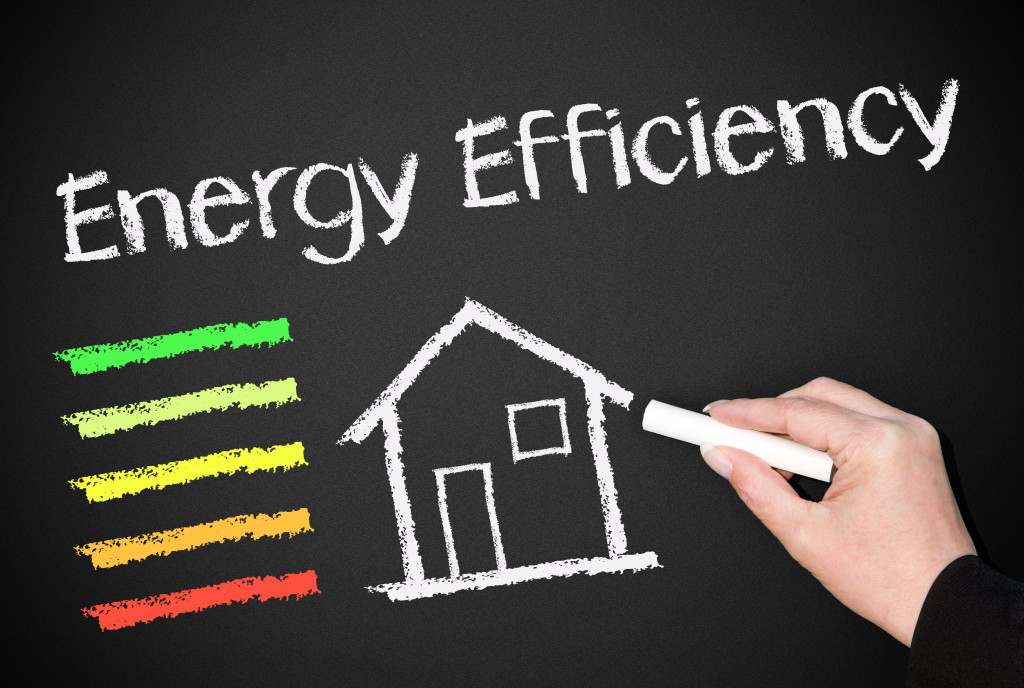Tropical architecture goes beyond achieving that dreamy and exotic ambiance. In fact, the main purpose of a tropical design is to achieve thermal comfort without relying on mechanical systems like air conditioners. In countries like the Philippines, most modern homes are based on Western layouts and design concepts. It’s common to see multi-story and townhouses packed in a small lot. Buildings like this would require a lot of energy to maintain ample lighting, ventilation, and thermal comfort.
Nowadays, with the dry season getting hotter and drier, it’s important to rethink how we design our homes for our climate and with sustainability in mind. And it doesn’t have to be costly, too. In fact, the country has had a long history of architecture that can adapt to the country’s climate and weather patterns.
Key Elements of Tropical Architecture
Passive cooling strategies
If you look at the design of old houses like the nipa hut, stone house, and other traditional layouts, one thing they have in common is that they have passive cooling elements that keep the house breezy throughout the dry season. Semi-indoor passageways are a common feature that allows the sun and wind to enter across the house. Layouts are typically open, as opposed to modern houses where concrete partitions that block airflow.
Traditional homes often have open roof joints and eaves that allow hot air to rise and exit the interior. In some regions, houses are still built on elevated foundations or stills to passively cool the floors and protect the home from floods and stormwater runoff. The additional crawlspace also doubles as storage for a wide assortment of things.
It’s also common to see windows and doors installed on opposite sides of a room to facilitate cross-flow ventilation. Instead of using materials that trap heat, opt for cool building materials instead, like ceramic and stone tiles, concrete, and marble. Then, paint your roof and external walls with brighter colors to reflect the sun’s UV rays.
You can mix these traditional elements with modern strategies that provide thermal comfort, including:
- Sunshades and awnings
- Cavity walls
- Overhangs
- Wall insulation to trap heat and cold air
- Operable windows
By installing these innovative solutions, you won’t need to rely heavily on air conditions, allowing you to save on energy bills and lower your carbon footprint.
Tropical landscaping

In a hot and dry place, landscaping is more than an aesthetic addition. It also helps combat the urban heat island effect. This phenomenon occurs when a dense concentration of hardscaping, pavements, and concrete surfaces absorbs and retain heat, making the surrounding even hotter than the actual ambient temperature. This effect causes a spike in energy costs for air conditioning during dry seasons, as well as heat-related illness and deaths.
To protect your family from this phenomenon, invest in a lush tropical landscaping focus on providing shade, purifying the air, and allow breezes to come in. Plant trees to block off the sun, especially near your southern windows. It would also be good to include water bodies or water features in your front or backyard to allow evaporative cooling.
Try to limit your hardscaping. Instead of using concrete and gravel, opt for porous options instead. These pavement options allow vegetation to grow and limit the heat island effect.
Natural lighting
Homes with multiple partitions and fewer windows would not only experience limited air movement, but they would also appear dingy and would rely on artificial lighting. While there are more energy-efficient bulbs, it’s still best to design your house in a way that brings plenty of natural light in.
The best strategy is to install bigger windows in your northern and eastern walls. This will give you enough natural light throughout the day without getting scorched. For patios, If you have a loft-style area in your home, install skylight roofing instead to keep your house bright and airy. Several skylight products have specially formulated coating that reflects light and the resulting heat, keeping your house cool.
Water conservation & drainage
Of course, heat is not the only issue tropical homeowners face. Water interruptions are common during the dry season, while stormwater runoff and floods are mainstays during the wet seasons. For this reason, homes must have ample drainage and rain-collecting systems.
In rural and urban places alike, rain can be collected and used for washing cars, cleaning pavements, and irrigating landscapes. Drainage systems, on the other hand, ensure that water doesn’t collect on your property. Oversaturation in the ground can cause damage to your foundations and external features, so it’s important to invest in innovative solutions.
Protect your home from heat, glare, and floodwater with these simple but effective design strategies.







